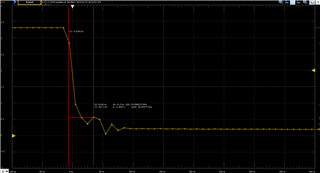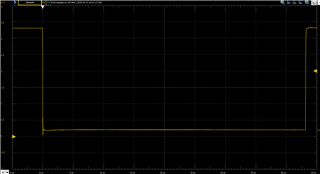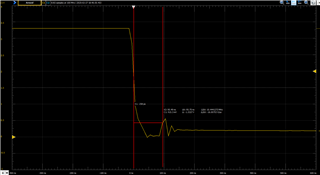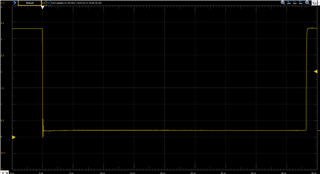Tool/software:
Hi team,
Q1. Is there any requirement for the pulse width of the INT signal when changing from Sleep Mode to Standby mode?

Q2. Datasheet 5.5 shows t_INT = 10us(typ). What is this mean? Does it refer to the pulse width of the "interrupt through INT" in the figure 6-4?

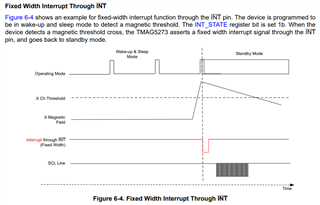
Regards,
Hiromu


